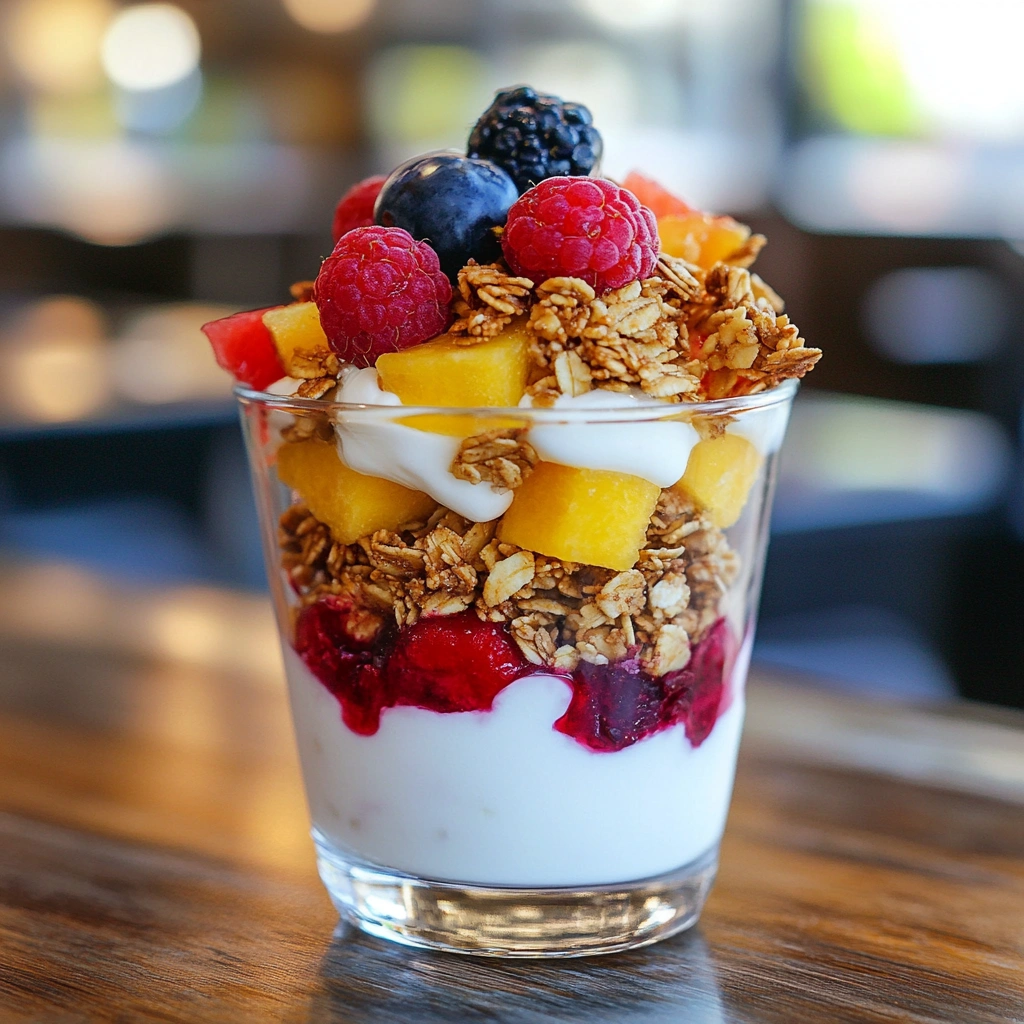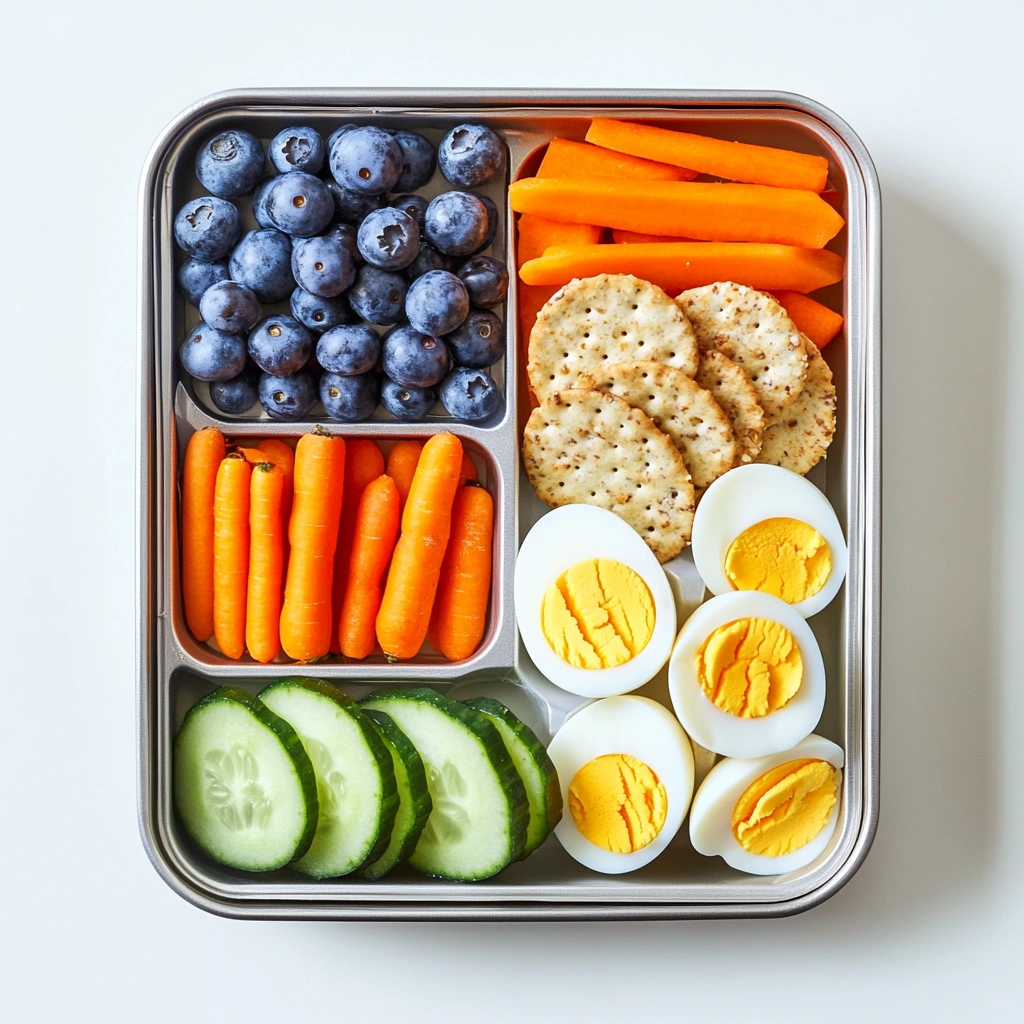Ever wondered how to spark your child’s love for cooking at an early age? Well, imagine a bright midday meal that they’ve crafted themselves—simple, healthy, and brimming with color! Encouraging your twelve-year-old to prepare their own lunch can build confidence and nurture lifelong culinary interests. Indeed, it’s not just about what’s on the plate; it’s about independence, creativity, and a dash of nutritional know-how. So, let’s embark on a journey that highlights straightforward tips, kid-friendly cooking instructions, and heaps of healthy lunchbox ideas. With these insights, your child can truly discover what can a 12 year old make for lunch? and thrive in the kitchen.
Part 1: Embracing Lunch Independence for 12-Year-Olds
Understanding the Importance of Tweens Making Their Own Lunch
When kids begin to create their midday meals, they develop far more than culinary chops. They learn decision-making and gain the courage to venture beyond the familiar sandwich. Moreover, preparing their own food fosters self-reliance. And yes, the process boosts their sense of responsibility—something that lingers outside the kitchen walls. It may start with a simple yogurt parfait, yet it could evolve into impressive wraps loaded with crisp vegetables. In short, granting them the keys to the kitchen empowers them to explore new flavors and personal preferences.
Why Healthy Food Choices Matter for Young Cooks
Ah, but let’s not forget that feeding a growing tween’s body isn’t just about quick bites. Introducing nutritious elements—think leafy greens, fresh berries, lean proteins, and whole grains—benefits their energy levels, immune system, and mood. Trying out vibrant produce and high-quality ingredients encourages adventurous eating. Soon, they’ll be inspired to toss together a zesty veggie wrap or creamy hummus dip. This focus on balanced fare shapes good habits and proves that cooking wholesome meals can be surprisingly fun.
Key Safety Tips Every Young Chef Should Know
Before they start slicing and dicing, certain safeguards must be in place. Supervision remains crucial, especially if a budding cook plans on using sharper utensils or the stove. Show them how to properly wash produce, store ingredients, and handle raw items. Offer demonstrations, emphasize the importance of clean hands, and explain basic equipment use—like cutting boards, kid-safe knives, and kitchen shears. With a few guidelines, they’ll feel prepared, confident, and thrilled to try their hand at simple and delicious lunch recipes.
Part 2: Easy and Nutritious Lunch Ideas
Simple No-Cook Lunches for Tweens Ready to Experiment
When thinking about what can a 12 year old make for lunch, it’s wise to start with dishes requiring minimal preparation. These uncomplicated options help young cooks feel at ease. Moreover, involving no-cook techniques fosters confidence. For instance, consider a vibrant fruit and yogurt parfait: layering creamy yogurt with fresh berries, sliced bananas, and crunchy granola not only provides energy but also pleases the taste buds. In addition, a veggie wrap smothered in smooth hummus delivers a savory punch and an appealing texture. Kids can roll up spinach leaves, shredded carrots, and sliced bell peppers for a hand-held treat. Likewise, a peanut butter and banana sandwich hits the spot—just smear nut butter on whole grain bread, add banana coins, and, voila, a sweet and satisfying midday meal!

Mastering the Art of Balanced Sandwiches
Though sandwiches seem straightforward, they offer abundant room for healthy innovation. In fact, focusing on balance ensures that kids get nutrients from each layer. By choosing whole-grain bread, children incorporate fiber and complex carbohydrates. Then, tossing in lean protein—such as roasted chicken or a dollop of hummus—provides sustained energy. Next, crisp lettuce, mild cucumbers, and juicy tomato slices add freshness and essential vitamins. Meanwhile, a dab of mashed avocado or a drizzle of Greek yogurt-based dressing infuses creaminess. Finally, these thoughtful additions transform a basic sandwich into a complete, kid-friendly lunch idea that suits any palate.
Enticing Salads and Flavorful Bowls to Expand Horizons
Encouraging tweens to whip up salads and bowls nudges them toward a broader variety of textures and flavors. For example, a rainbow salad bowl—bursting with chopped peppers, sweet cherry tomatoes, crunchy peas, and shredded carrots—shows that salads can be fun. Sprinkling feta cheese and pumpkin seeds on top boosts protein and healthy fats. Meanwhile, a quinoa and chickpea salad offers a hearty twist, blending whole grains and plant-based protein. Adding a splash of lemon juice, olive oil, and dried herbs enlivens the dish. Similarly, a pasta salad with mozzarella, cherry tomatoes, and a handful of spinach merges comfort and nutrition. Indeed, these salads invite kids to think outside the box while still delivering a satisfying meal that isn’t too complex.
Beyond the Basic Lunchbox: Creative Ideas That Spark Joy
Tweens tire of the same old sandwiches. Therefore, why not switch things up with fresh fruit kebabs and whole-grain crackers paired with creamy cheese wedges? This combination encourages them to play with colors and textures, while also sneaking in extra nutrients. Another clever option: DIY mini pita pizzas. Just top mini whole-grain pitas with tomato sauce, shredded low-fat cheese, and diced veggies. After a brief toast, they taste just like a comforting pizza slice—but healthier. For a snackable lunch, try trail mix (pumpkin seeds, dried cranberries, and whole-grain cereal) with a side of crunchy veggie sticks and hummus. Not only do such playful combos engage young chefs, but they also prevent lunchtime boredom.
Using Leftovers and Exploring Global Flavors
Instead of discarding leftover grilled chicken, let your tween dice it up and slip it into a whole-grain wrap. Adding spinach leaves and a smear of low-fat cream cheese transforms yesterday’s dinner into a nourishing lunch. Likewise, stray roasted veggies find new life stirred into cold pasta, lending subtle sweetness and depth of flavor. Additionally, experimenting with global twists encourages curiosity: a simple Mexican-inspired bean and cheese quesadilla or an Italian-style tomato and mozzarella sandwich add cultural flair. Even a basic Japanese-inspired veggie sushi roll—just sticky rice, nori sheets, and cucumber sticks—brings excitement. Ultimately, these lunches help kids realize that their kitchen can be a portal to new tastes and experiences.
Part 3: Step-by-Step Recipes a 12-Year-Old Can Whip Up
Kid-Friendly Wraps and Roll-Ups
Rolling up a simple wrap sparks creativity and encourages kids to choose ingredients they adore. Consider a turkey and avocado wrap: first, lay out a whole-grain tortilla. Next, smear a creamy layer of low-fat cream cheese. After that, add sliced turkey, mashed avocado, fresh spinach leaves, and a sprinkle of grated cheese. Finally, roll it tightly, slice it in half, and pair it with crunchy veggie sticks. With every bite, they’ll savor a fun fusion of flavors.
Easy Soups and Smoothies for Any Season
If your tween wants something warm and soothing, a simple tomato soup hits the spot. Begin by heating low-sodium broth in a small pot. Stir in crushed tomatoes, a hint of dried basil, and a sprinkle of mild spices. Then, simmer gently until it thickens. Served with a side of whole-grain crackers, it’s both comforting and nutritious. For a zippy refresher, try a strawberry-banana smoothie: blend plain yogurt, ripe banana chunks, frozen strawberries, and a splash of milk until velvety. Add a dash of honey if desired, and voila, a sweet, protein-rich midday treat!
DIY Bento Boxes: Portable, Fun, and Nutrient-Packed
Arranging a bento box lets young chefs play with variety. For instance, tuck in hard-boiled eggs for protein, crunchy carrot sticks, cucumber rounds, and some whole-grain crackers. Add fresh berries for natural sweetness, plus a tablespoon of hummus or guacamole for dipping. These balanced boxes show that healthy lunchbox ideas aren’t dull—instead, they can be colorful, fresh, and utterly exciting.
Grilled Cheese Done Right
Sometimes, comfort rules. A classic grilled cheese couldn’t be easier. Brush whole-grain bread with a light layer of butter, place a slice of low-fat cheese inside, and gently warm it in a nonstick pan over medium heat. Flip when the bread is golden-brown. The result? Gooey perfection. For extra flair, sneak in a few spinach leaves or tomato slices. Doesn’t that sound divine?

Quick Pasta Dishes That Impress
Finally, basic pasta offers a blank canvas. After boiling whole-grain noodles, drain and toss with a bit of olive oil, grated Parmesan, and a handful of peas or cherry tomatoes. This simple dish proves that even a novice cook can create a delightful midday meal in minutes.
Part 4: Empowering Young Cooks Through Confidence, Safety, and Creativity
Teaching Kitchen Basics and Knife Skills
Before handing your tween a chopping board, start small. Introduce them to kid-safe knives—often made of plastic or nylon—which let them practice slicing soft fruits like strawberries or bananas. Show them how to tuck their fingers, hold the handle firmly, and use a gentle sawing motion. Demonstrate proper hand-washing, as good hygiene matters when handling fresh produce. Explain why separate cutting boards reduce cross-contamination and emphasize that a clean work area keeps them healthy. With time, patience, and encouragement, they’ll hone essential techniques that eventually let them prep everything from crisp cucumber sticks to savory veggie wraps.
Supervising Without Hovering or Stifling Creativity
Although it’s tempting to micromanage, remember that tweens need breathing room. Stand a few steps back while still keeping a watchful eye. Let them select ingredients independently—perhaps they’ll choose spinach, bright cherry tomatoes, and low-fat cheese for a homemade quesadilla. Offer guidance only when needed, and ask open-ended questions, such as, “How might we add more flavor?” or “What other toppings could fit?” This approach boosts their problem-solving skills. Besides, it creates an environment that rewards experimentation while ensuring safety. It’s a balancing act, but once children realize they can trust their instincts, they’ll feel more driven to test fresh lunch ideas.
Inspiring Confidence and Embracing New Flavors
Of course, not every kitchen endeavor leads to perfection, yet even small stumbles supply valuable lessons. Gently praise their attempts, point out what worked, and encourage them to tweak future recipes. Perhaps their veggie wrap needed more seasoning or their soup turned out slightly watery—no problem! Urge them to try another herb blend or simmer the soup a bit longer next time. Gradually, they’ll discover that cooking is a journey rather than a destination. As they gain experience, new flavors—sweet pineapple chunks in a salad, tangy Greek yogurt in a dressing—open their taste buds to exciting possibilities. Sure, they might grimace at first, but by challenging them to taste just one bite, you spark a sense of culinary adventure. Eventually, they become more comfortable stepping beyond their comfort zone and adding personal twists to their lunches.
Encourage them to garnish their dishes thoughtfully, perhaps with a handful of nuts for crunch or a sprinkle of herbs for brightness. Celebrate their successes and applaud their creativity. With guidance, practice, and the freedom to explore, they’ll realize that lunchtime isn’t simply about filling their bellies; it’s about enjoying the process and discovering the delight hidden in each bite.
FAQs
Can a 12 year old make their own lunch without help?
Yes, although adult supervision remains important, especially when handling kitchen tools or using a stovetop. Tweens can prepare simple meals like sandwiches, wraps, salads, and fruit parfaits on their own. Over time, as they build confidence and learn basic safety measures, they can become more independent in the kitchen.
What are some healthy lunches for picky eaters?
For a picky eater, start with familiar flavors and textures, then gently introduce new options. Whole-grain crackers with cheese and fruit kebabs, veggie sticks with hummus, or a mild chicken wrap with spinach and a light sauce are all approachable. Smoothies and simple pasta salads allow them to enjoy subtle taste shifts without feeling overwhelmed.
How can I encourage my child to try new ingredients?
Offer small portions of unfamiliar foods alongside tried-and-true favorites. Encouraging them to add a new vegetable or a different fruit topping to their sandwich or salad can spark curiosity. Positive reinforcement, playful presentations, and explaining the flavors or health benefits can reduce resistance and boost willingness to experiment.
What kitchen skills should a 12 year old have?
A 12-year-old can learn to wash and slice fruits and vegetables using kid-safe tools, measure ingredients, stir soups, assemble sandwiches, and prepare simple no-cook dishes. Teaching them to identify fresh produce, read ingredient labels, and understand basic food safety helps build a solid foundation.
How do I keep my tween safe while they learn to cook?
Provide age-appropriate utensils, demonstrate proper techniques, and set clear rules. Show them how to handle knives carefully, wash hands before cooking, and keep raw and cooked foods separate. Stay present in the kitchen, but give them enough room to work independently while gently guiding them toward safe and responsible cooking habits.
Conclusion
Empowering your twelve-year-old to create their own lunch not only fosters independence and culinary curiosity but also encourages them to embrace healthier choices. By offering guidance, simple recipes, and a supportive environment, you can transform lunchtime into a joyful, confidence-building experience—one they’ll carry with them well into the future.

